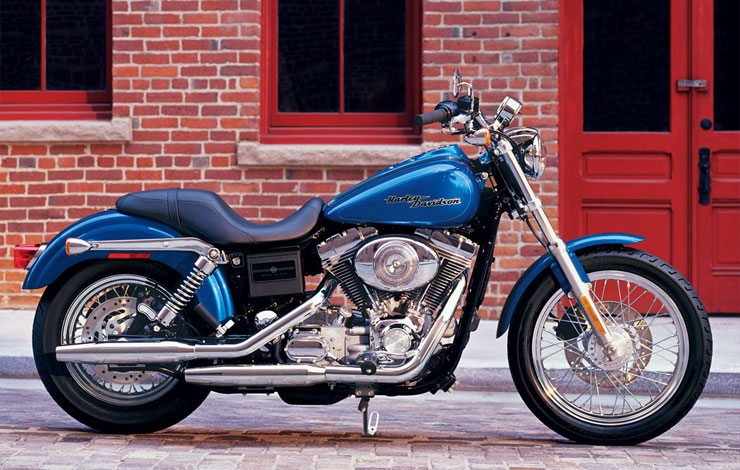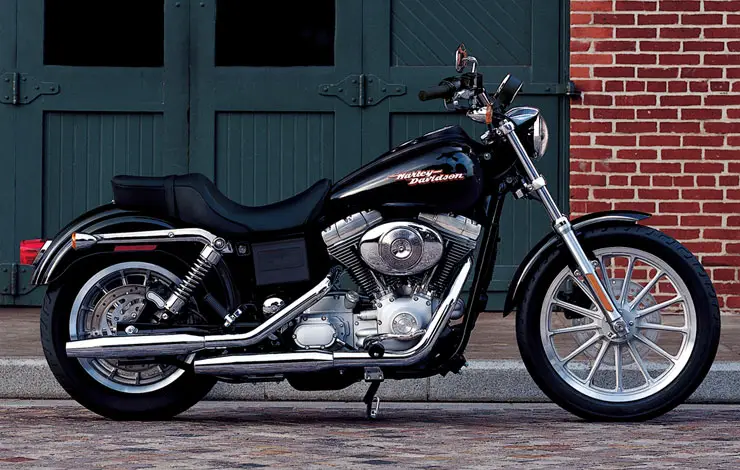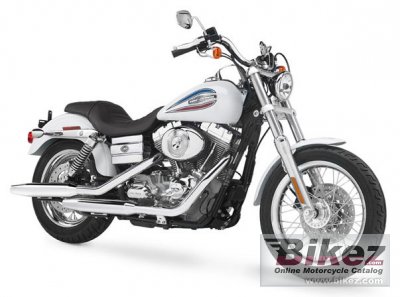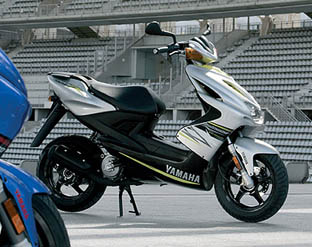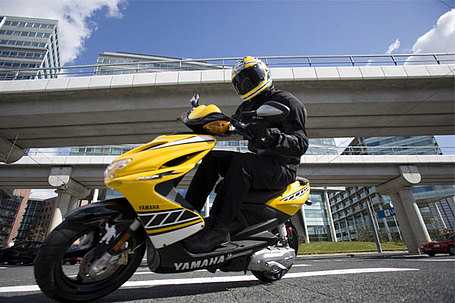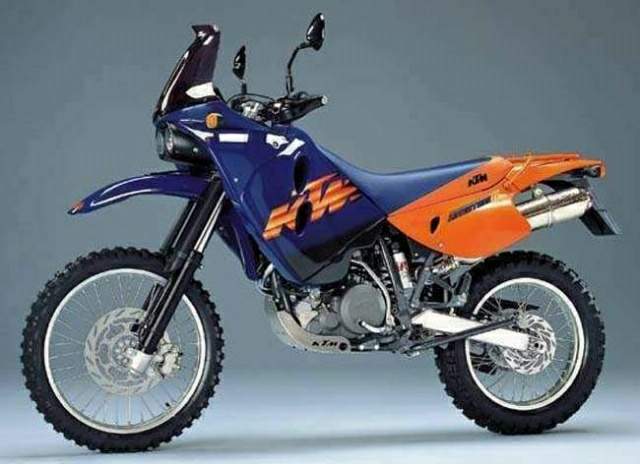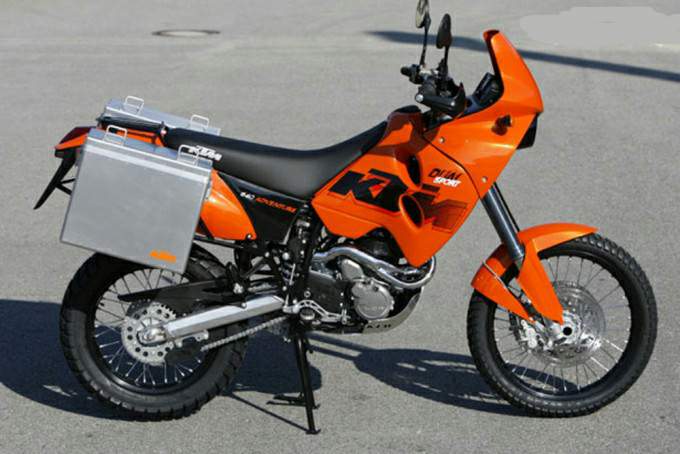Saturday, September 19, 2009
Yamaha Aerox 2008


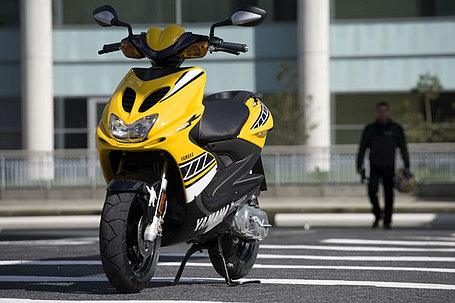
KTM 990 Hot Gallery
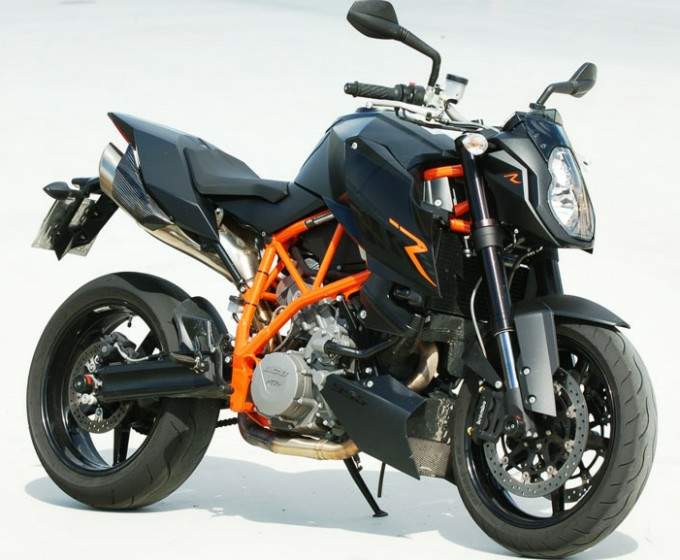



KTM 690 Best Picture
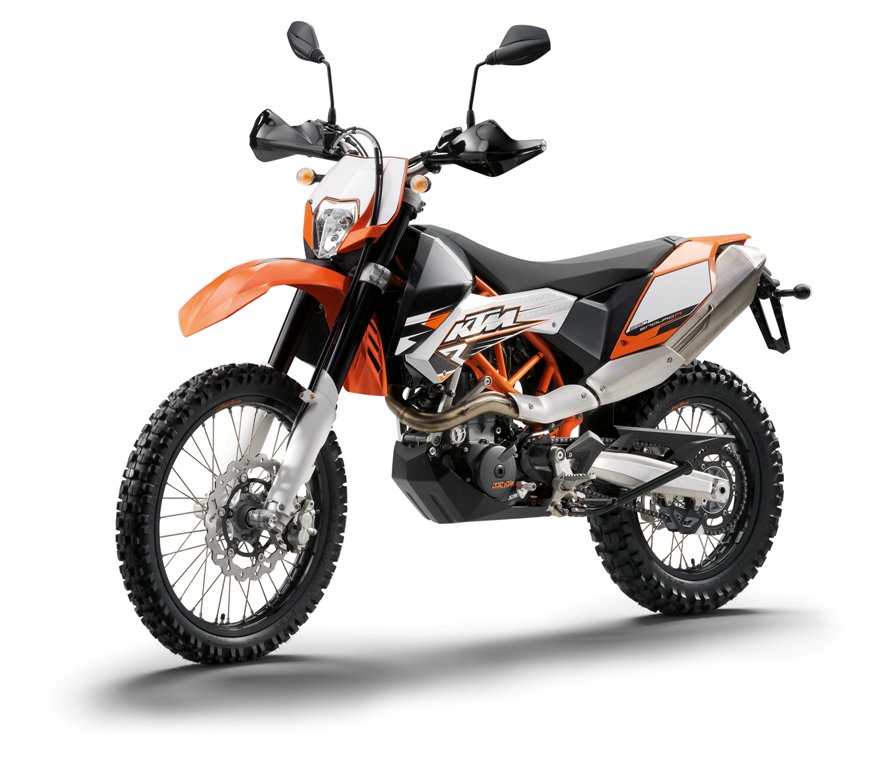


KTM 530EXC Picture Gallery




Suzuki GSXR 600 Picture Gallery




Sunday, April 26, 2009
Why did the Tamils take up arms?
The birth and growth of the armed resistance movement should be analysed within the historical development of the Tamil struggle for self-determination. The Tamil struggle for self-determination has an evolutionary history of nearly half a century. It is a history characterized by state repression and resistance by the Tamils. The political struggles in the early periods were peaceful, democratic and non-violent but later assumed the form of armed resistance as the military repression of the state intensified into genocidal proportions.
Sinhala state repression against the Tamils began to manifest in concrete forms following the independence of the island in 1948, when the British colonial masters transferred the state's power to the Sinhala dominated parliamentary system. By discriminatory legislation and by other measures, successive Sinhala majority governments unleashed a systematic form of oppression that deprived the Tamils of their linguistic, educational and employment rights. Gradually and systematically, the thrust of state oppression affected the sphere of economic and social life of the Tamils. In the meantime, the state-aided aggressive colonization in the Tamil areas not only deprived them of their rights over their historical lands but also altered the ethnic composition of the population rendering the Tamils a minority in certain traditional Tamil regions. The features of Sinhala state oppression clearly indicated a devious plan calculated to destroy the national identity of the Tamil people.
By discriminatory legislation and by other measures, successive Sinhala majority governments unleashed a systematic form of oppression that deprived the Tamils of their linguistic, educational and employment rights. Gradually and systematically, the thrust of state oppression affected the sphere of economic and social life of the Tamils. In the meantime, the state-aided aggressive colonization in the Tamil areas not only deprived them of their rights over their historical lands but also altered the ethnic composition of the population rendering the Tamils a minority in certain traditional Tamil regions. The features of Sinhala state oppression clearly indicated a devious plan calculated to destroy the national identity of the Tamil people.
As the Sinhala state oppression and discrimination unfolded in its ugly forms threatening the national identity, the Tamil parliamentary political leadership responded with mass political agitations.  Adopting Gandhi's concept of 'ahimsa', the Tamil leadership organized non-violent campaigns demanding justice and fair play from Sinhala rulers. In the early sixties, the 'satyagraha' (peaceful picketing) campaigns attracted huge masses of people in massive demonstrations symbolizing a national uprising against the state. The Sinhala Government reacted with military violence and terror, brutally crushing the non-violent peaceful campaigns of the Tamils. Instead of looking into the genuine grievances of an aggrieved people, Colombo Governments adopted a harsh policy of military repression.
Adopting Gandhi's concept of 'ahimsa', the Tamil leadership organized non-violent campaigns demanding justice and fair play from Sinhala rulers. In the early sixties, the 'satyagraha' (peaceful picketing) campaigns attracted huge masses of people in massive demonstrations symbolizing a national uprising against the state. The Sinhala Government reacted with military violence and terror, brutally crushing the non-violent peaceful campaigns of the Tamils. Instead of looking into the genuine grievances of an aggrieved people, Colombo Governments adopted a harsh policy of military repression.  Such high-handed tactics of terror made the people realise the futility of the non-violent campaigns.They realized that a repressive racist state adopting the methods of brutal violence attached no respect to the moral and spiritual values underlying non violent struggles. The Tamil people became frustrated and lost hope in both the parliamentary system which functioned under the tyranny of the majority and the non-violent struggles which were systematically crushed by the tyranny of the military. In desperation, the Tamil leadership sought political negotiations to resolve the conflict. Sinhala leaders entered into agreements but soon abrogated the pacts when Sinhala chauvinistic forces opposed reconciliation with the Tamils. The event that climaxed the state oppression against the Tamils was the new Republican constitution of 1972 which was a blatant attempt to legalize and institutionalize Sinhala chauvinism at the cost of alienating the Tamil nation from unitary constitutional politics. This event brought about radical transformation in the nature and structure of the Tamil political struggle.
Such high-handed tactics of terror made the people realise the futility of the non-violent campaigns.They realized that a repressive racist state adopting the methods of brutal violence attached no respect to the moral and spiritual values underlying non violent struggles. The Tamil people became frustrated and lost hope in both the parliamentary system which functioned under the tyranny of the majority and the non-violent struggles which were systematically crushed by the tyranny of the military. In desperation, the Tamil leadership sought political negotiations to resolve the conflict. Sinhala leaders entered into agreements but soon abrogated the pacts when Sinhala chauvinistic forces opposed reconciliation with the Tamils. The event that climaxed the state oppression against the Tamils was the new Republican constitution of 1972 which was a blatant attempt to legalize and institutionalize Sinhala chauvinism at the cost of alienating the Tamil nation from unitary constitutional politics. This event brought about radical transformation in the nature and structure of the Tamil political struggle.
 The Tamils took up arms when they were presented with no alternative other than to defend themselves against a savage form of genocidal oppression, when peaceful forms of democratic political agitations were violently repressed, when constitutional paths and parliamentary doors were effectively closed, when Sinhala ruling elites callously rejected the demands for justice and equality. Therefore, the Tamil armed struggle for political independence and self-government is the historical product of decades of racist oppression and injustice.
The Tamils took up arms when they were presented with no alternative other than to defend themselves against a savage form of genocidal oppression, when peaceful forms of democratic political agitations were violently repressed, when constitutional paths and parliamentary doors were effectively closed, when Sinhala ruling elites callously rejected the demands for justice and equality. Therefore, the Tamil armed struggle for political independence and self-government is the historical product of decades of racist oppression and injustice.
